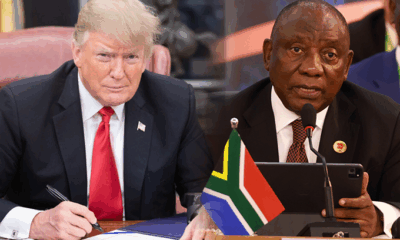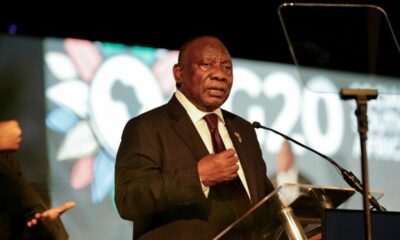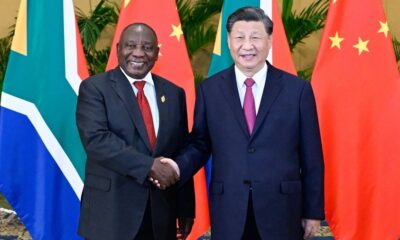News
Brazil’s Steel and Oil Sectors Forge Ahead Despite Global Setbacks

Brazil’s core industrial sectors—steel and oil—are showing impressive resilience in 2025, even as global trade tensions and shifting political landscapes test the country’s economic stability. While facing stiff competition and regulatory hurdles, Brazil is leaning into its strategic partnerships and natural resource strengths to remain a major player on the world stage.
Steel Sector Rebounds, But Faces Import Pressures
One of the world’s top steel producers, Brazil is seeing signs of recovery in its domestic steel industry. In March 2025, crude steel output rose by 6.6% year-on-year to reach nearly 2.94 million tonnes. Sales within the country also grew significantly—up 10.7%—as demand from the construction and automotive sectors begins to pick up.
The first quarter painted a promising picture: over 8.47 million tonnes produced and more than 5.27 million tonnes sold internally. This uptick suggests a gradual rebound from stagnation in previous years.
However, challenges remain. Steel imports into Brazil surged by over 36% in March alone, with Chinese exports now accounting for about 70% of foreign steel entering the country. These imports now make up a quarter of Brazil’s domestic consumption—a situation worrying local producers who are calling for stronger protections.
Despite the government’s 2024 quota and tariff system aimed at curbing these imports, results have been underwhelming. By January 2025, importers had already exhausted 74% of the year’s quota—especially in categories like galvanized and cold-rolled steel sheets.
Oil and Gas Exploration Expands in Strategic Regions
Brazil’s oil and gas sector is also gaining momentum. State-owned energy giant Petrobras recently secured approval to explore new offshore areas, including five key sedimentary basins such as the Potiguar and Foz do Amazonas. These areas, particularly Foz do Amazonas, are believed to contain reserves comparable to those discovered in neighboring Suriname and Guyana—where billions of barrels have already been confirmed.
The government has opened 173 oil blocks for development in 2025, spread across onshore and deepwater zones. Petrobras is particularly focused on tapping into the Foz do Amazonas basin, resuming plans that were put on hold in 2023.
If successful, these explorations could significantly boost Brazil’s oil output and revenue, helping the country solidify its position in global energy markets.
Brazil and China Strengthen Trade Through the Pacific Route
A major factor supporting Brazil’s export ambitions is China’s continued investment in Latin American infrastructure, particularly under the Belt and Road Initiative.
The newly launched Chancay Port in Peru—just outside Lima—is a $3.4 billion Chinese-led project that promises to reshape trade logistics between South America and Asia. Spearheaded by Chinese shipping giant COSCO, the port will dramatically cut transport costs and time for Brazilian exports heading to China.
The port is more than just a shipping hub. It’s a symbol of deepening trade ties between China and South America. Brazil has seen its exports to Asia skyrocket over the past two decades—from $8.8 billion in 2002 to $152.4 billion in 2023—reflecting growing interdependence in global trade.
External Headwinds and U.S. Tariffs Add Pressure
But not all news is positive. Brazil’s steel exports to the United States are taking a hit following Washington’s decision to impose a 25% tariff on all imported steel. The fallout could reduce Brazil’s steel exports by 11% and lead to a 2% drop in production this year.
Economists estimate this could translate to a $1.5 billion dip in export earnings and a shortfall of 700,000 tonnes in output.
While Brazil’s broader economy may absorb the impact, the steel sector is feeling the squeeze. It must now balance domestic recovery with increasingly complex global dynamics—from rising imports and underperforming trade defenses to geopolitical frictions.
Resilience Amid Uncertainty
Brazil’s steel and oil industries are navigating a complicated global landscape with determination. Domestic growth in steel demand, ambitious offshore oil exploration, and strategic trade infrastructure investments suggest a country pushing forward despite the odds.
As BRICS+ continues to evolve and China’s trade routes become increasingly influential, Brazil’s ability to adapt—while defending its economic interests—will define its industrial future.
{Source: IOL}
Follow Joburg ETC on Facebook, Twitter , TikTok and Instagram
For more News in Johannesburg, visit joburgetc.com



























